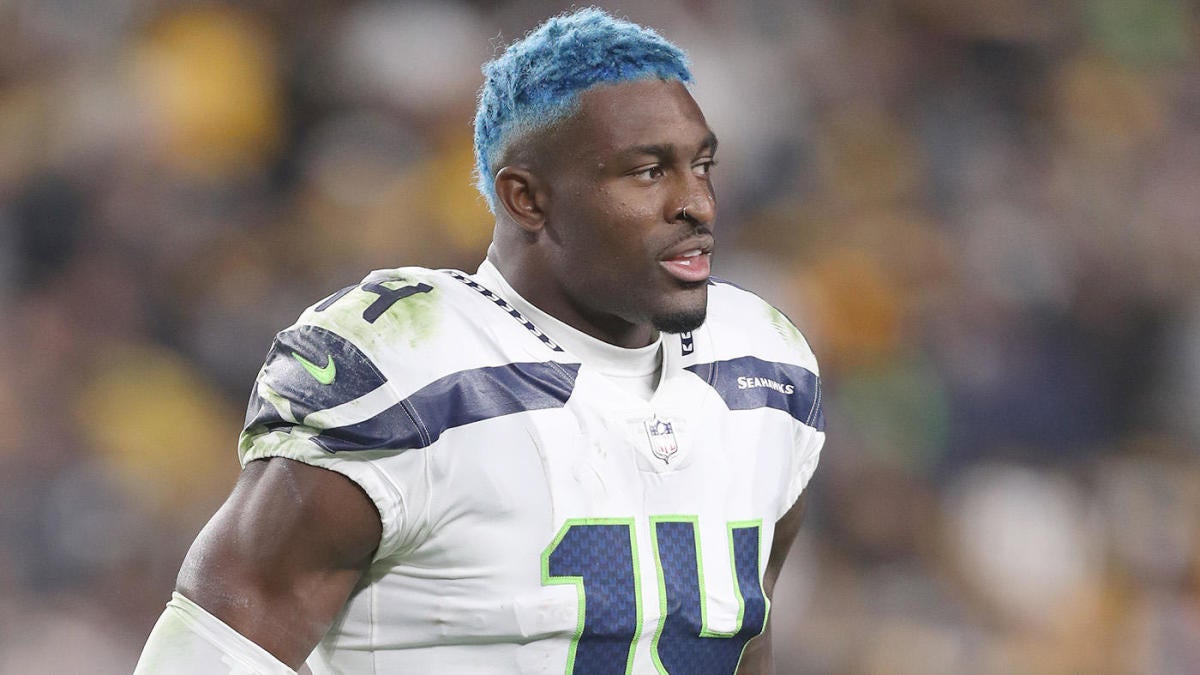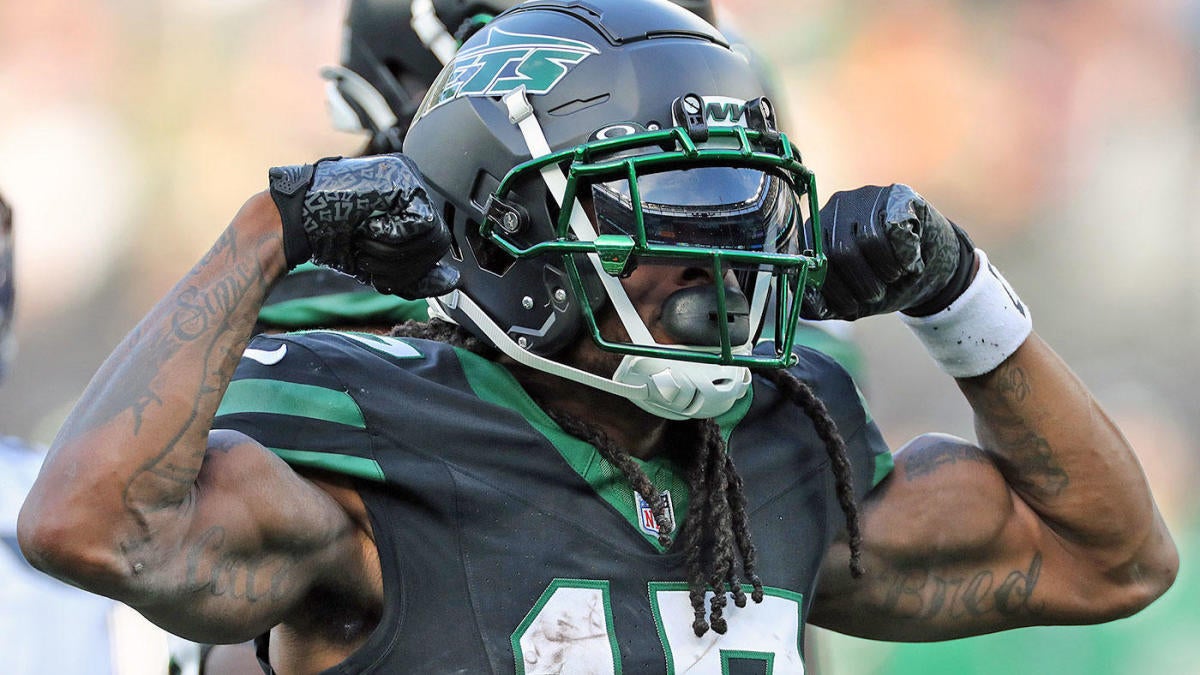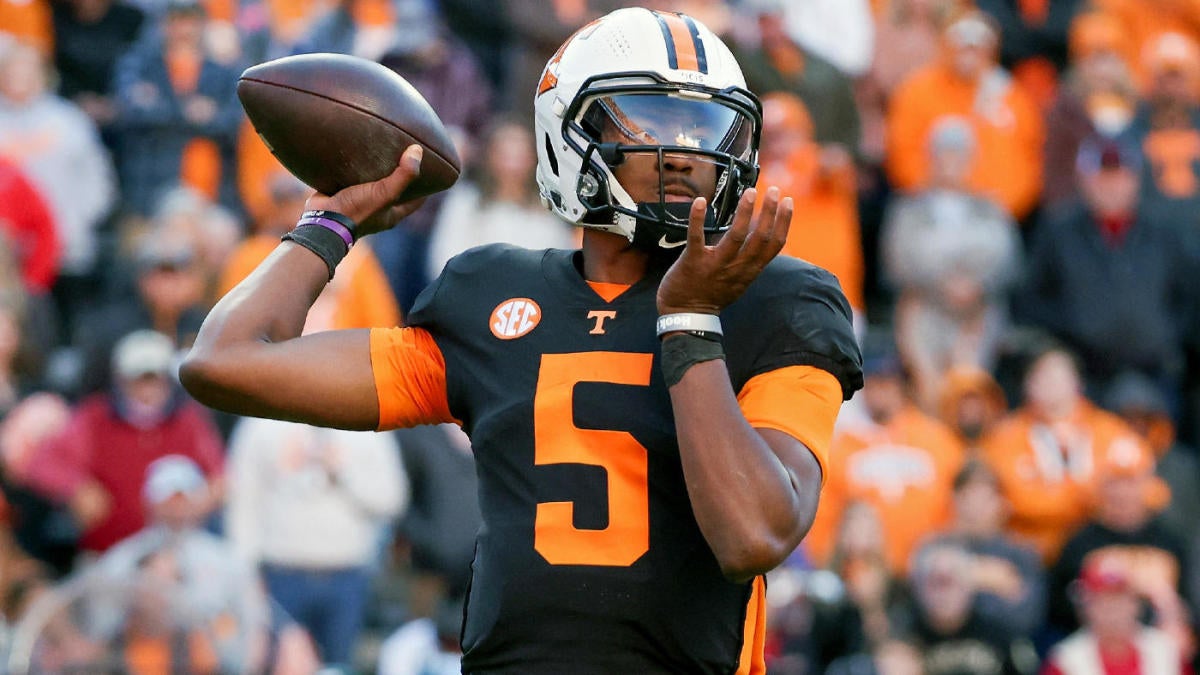
All April, a plethora of thoughts about 2023 NFL Draft prospects or the class as a whole become viewed more as fact than opinion. But in a few years, we’ll ultimately look back on the accepted-as-fact ideas with this class and realize they were way off.
After watching around 300 prospects in preparation for this draft, I’ve landed on a variety of my own opinions that don’t exactly align with consensus thoughts with a little over a week until the start of the draft. I’ve listed seven of them below.
Quentin Johnston is WR1
Johnston is far from perfect as a prospect. He didn’t run in the 4.40s at the combine or his pro day. He isn’t Mike Evans in contested-catch situations, and really, at times looks awkward when attacking the football at its highest point. But he’s a yards-after-the-catch specialist. Just because the TCU offense featured like eleventy billion jump-ball deep shots for Johnston doesn’t mean that’s the type of receiver he is or will be in the NFL.
He needs to be viewed through the YAC monster lens. He’s not 6-feet-4 and 230 pounds. He’s a hair under 6-3 and 210 pounds. Pretty stocky. His 40.5-inch vertical explosiveness allows him to get top speed in a hurry, and Johnston’s frame makes his equilibrium nearly unshakable with the football in his hands. In the modern NFL route running absolutely matters. But we’re seeing receivers get schemed open more now than ever. YAC is crucial. Johnston is the most ferocious YAC wideout in the class, a large part of why he’s my WR1.
We should be worried about Trenton Simpson in coverage
A sleek, hyper-athletic, excels-in-space linebacker with lofty first-round hype. We’ve seen the type before. Recently. Devin Bush in 2019. Isaiah Simmons, Kenneth Murray, Patrick Queen, and Jordyn Brooks in 2020. And Quay Walker and Devin Lloyd last year. While not all busts, it’s fair to say none of those linebackers have met the hype that naturally comes with being a first-round pick. Simpson feels like next in line.
What else connects those linebackers to Simpson? Lack of coverage expertise, and frankly, coverage experience. Simpson, like those mentioned above, was mostly deployed as a blitzer/QB spy in obvious passing situations. While I’ll be the first to recognize that evolving evaluations matters as the game changes, and there’s probably more use for that type of second-level defender now that there was even five years ago, linebackers still need to be stud coverage players in today’s NFL. That’s going to be the case from here on out. That’s simply not Simpson. In three seasons at Clemson, Simpson failed to record an interception and had five pass breakups on 612 coverage snaps. The 4.43 speed and 40.5-inch vertical are tremendous luxuries to have at the position. But they aren’t the fundamental aspects that make a stud linebacker in today’s NFL.
Jack Campbell is a first-round prospect
No joke, the only knock I have on Campbell is that he has short 31 7/8-inch arms. Everything else about his game screams “first-round pick.”
He stays square to the line when flowing laterally to stay in position for cutbacks, has awesome coverage feel in zone, can run with tight ends in man, has plus ball skills, rarely misses a tackle, and tested like an elite athlete. I genuinely have no idea why he’s not widely considered a locked-in first-round pick. OK, so he didn’t run in the 4.50s at the combine. Maybe that’s it. Guess what though — Lavonte David ran 4.65. Fred Warner ran 4.64. Demario Davis, 4.61. Germaine Pratt, 4.58. Campbell is plenty fast enough, and he plays faster because of his fine-tuned instincts. He’s the only classic off-ball linebacker — so I’m not including Drew Sanders — worthy of a first-round pick.
Myles Murphy should be drafted in Round 2
Traits and measurables matter. I get it. They’re often more important than production, particularly in the first round. And Murphy is nearly 6-feet-5 and 268 pounds with arms a shade under 34 inches. He tested well at his pro day. Freaky, amazingly good? Not exactly.
Even if I could be convinced Murphy is a first-round caliber athlete with first-round size, his productivity in college drastically falls short of conventional Round 1 standards. After the light appeared to turn on late in 2021, it never seemed to be re-lit. In 2022, Murphy was actually less efficient as a pass-rusher generating pressure than he was the previous season (9.5% vs. 12.6%).
He’s athletic for his size, but not a ridiculous specimen flying/bending around the corner and will have to learn to master his hand work at the next level, always a scary proposition for pass-rushing prospects. He belongs in the second round, where the expectations are lower and he’s more likely to assume a lower volume role early in his pro career.
What are we doing with Hendon Hooker?
So not exactly a take, but let me explain my thought on the Tennessee quarterback. Hooker has a great story. He seems like a nice guy. But what are we doing speculating him going in the first round? He’s 25. That absolutely matters. Trevor Lawrence isn’t 25 until 2024. Beyond that, he tore his ACL in late November. So he’s unlikely to be fully ready for the start of his rookie season. He’ll be 30 at the end of his rookie deal. Hooker simply doesn’t provide anywhere close to the same ROI possibility as 99% of quarterback prospects.
Even if a team can look past the age, Hooker’s coming from a completely wide open Air Raid offense that featured the most wide-open layup-type long balls I’ve seen since Tua Tagovailoa’s final season at Alabama. The tight-window, high-degree of difficulty throws are truly hard to find. I didn’t see great downfield touch on long tosses that required it either. While mobile, Hooker doesn’t appear to be a high-level athlete who’ll be able to turn to his legs as a last resort often in the NFL, when he recovers from injury. His arm is good, not great, and it’s rare that he makes a strong, high-velocity throw while improvising.
All of that indicates Hooker should be a Day 2 or even early Day 3 flier, not a first-round pick.
Olusegun Oluwatimi is being vastly underrated
Oluwatimi’s case is a common one. He’s a brick-wall center prospect who doesn’t possess Jason Kelce-esque burst and lateral quicks, so he’s seemingly being massively overlooked. Balance is often overlooked along the offensive line, and Oluwatimi is the most balanced blocker in the class. He’s just immovable inside. He reminds me a lot of Elgton Jenkins, who was built like a rock and as boring as watching paint dry on film at Mississippi State before the 2019 draft. But the quicker, more explosive Garrett Bradbury went ahead of him — in the first round — in that draft. Jenkins wasn’t picked until No. 44 overall, and he has been an absolute stud in Green Bay ever since, while Bradbury has mostly struggled.
I believe in the predictive powers of athleticism — and Oluwatimi isn’t quite as athletic as Jenkins was — but sometimes, particularly along the offensive line — immense strength and balance can buoy a blocker early in his NFL career. Other pros who fit this mold include Lions guard Jonah Jackson, Patriots guard Michael Onwenu, and former All-Pro Rodney Hudson.
Darnell Wright is the best OT prospect
Here’s my theory on why Wright is typically being mocked after Ohio State’s Paris Johnson and Georgia’s Broderick Jones — Wright played right tackle in school, and there’s still a subconscious bias toward right tackles as lesser blockers. Johnson and Jones were left tackles at their respective schools.
Right tackles are just as important as left tackles. That’s been the case for close to a decade now. Wright is 6-foot-5 and 333 pounds with nearly 34-inch arms, and he tested like an immaculate athlete despite that size. His film, to me, is cleaner than Johnson’s and much cleaner than Jones. Wright’s a pass-blocking wizard who can win at the point of attack with ferocious hand work, explosiveness, or sheer power. He’s the best tackle prospect in the 2023 class.
Go to Source
Author: Chris Trapasso
April 20, 2023 | 7:50 am
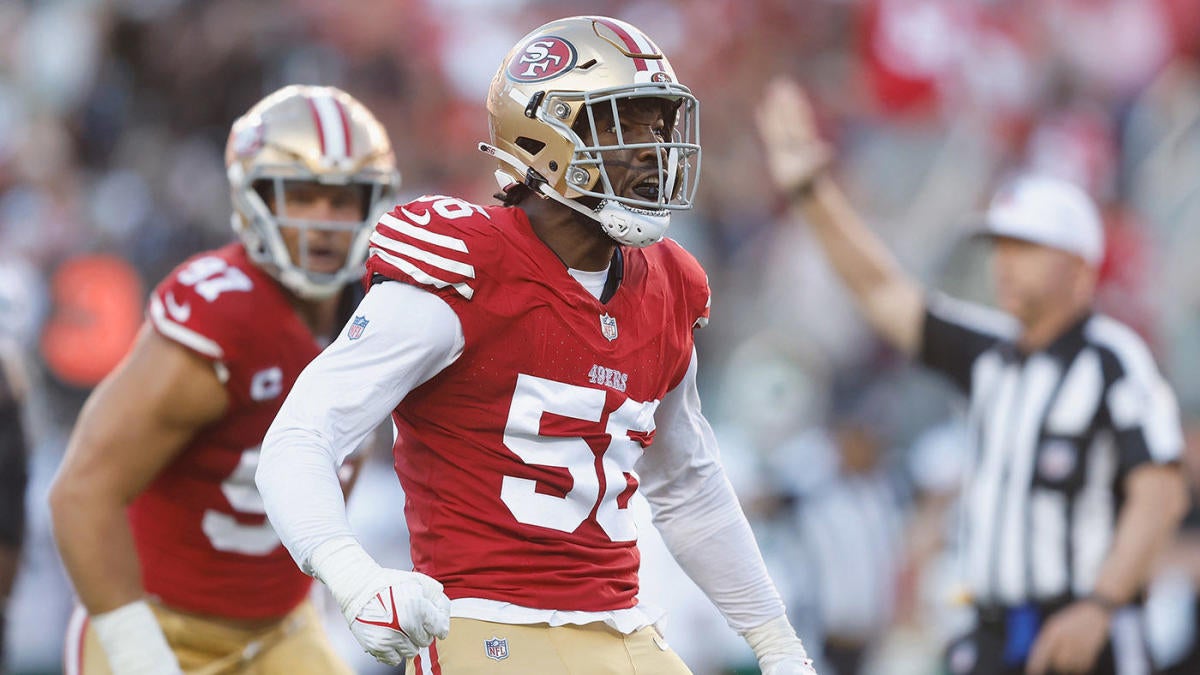
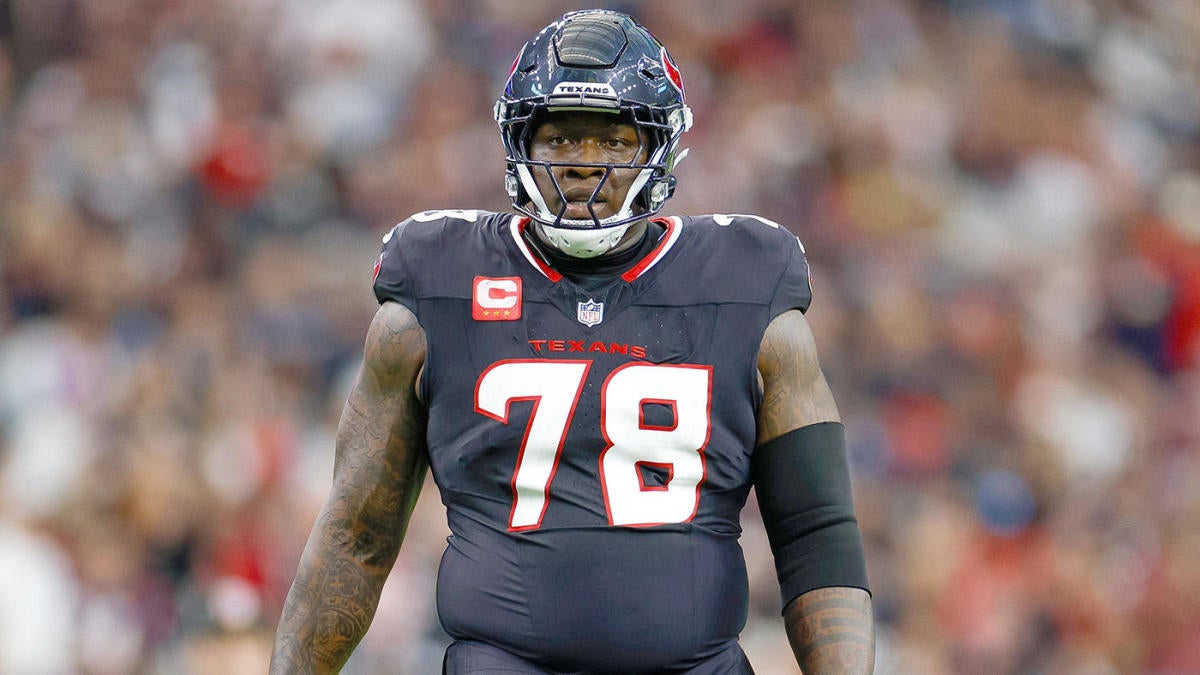
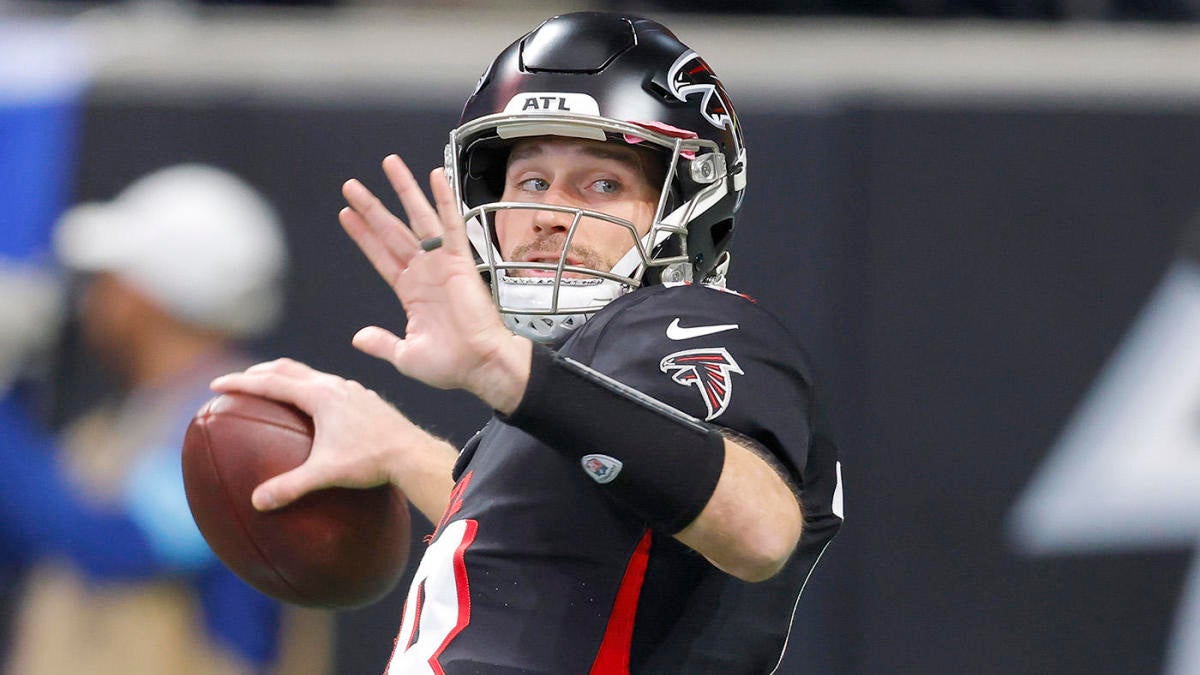
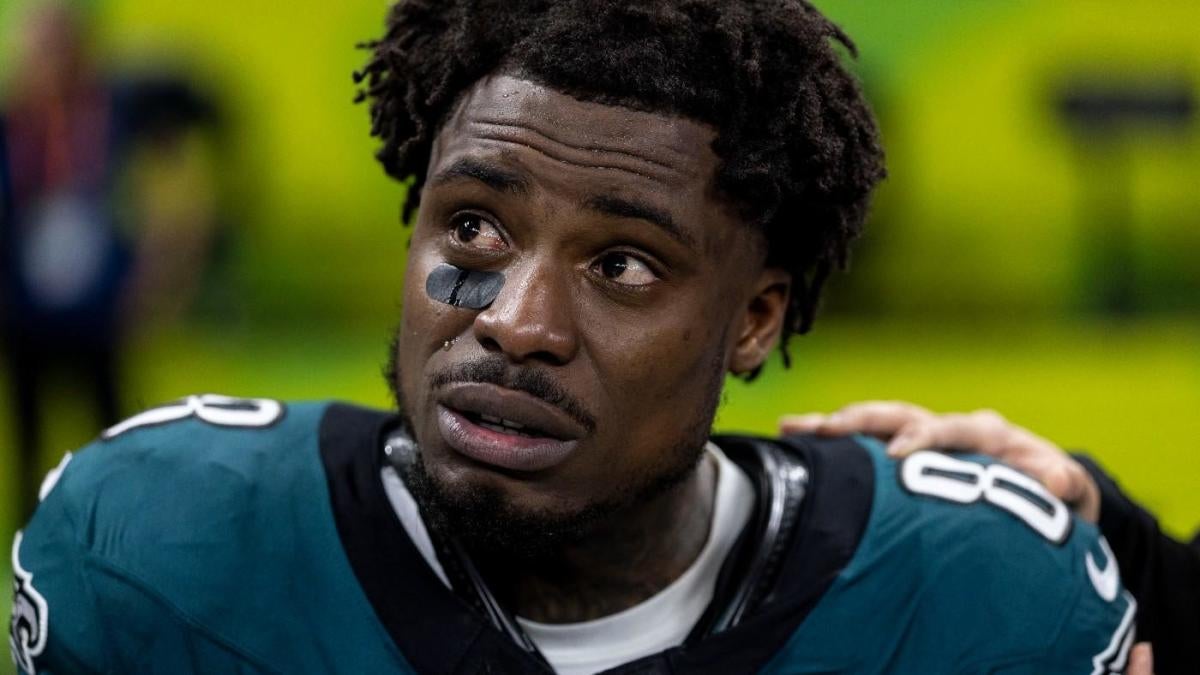
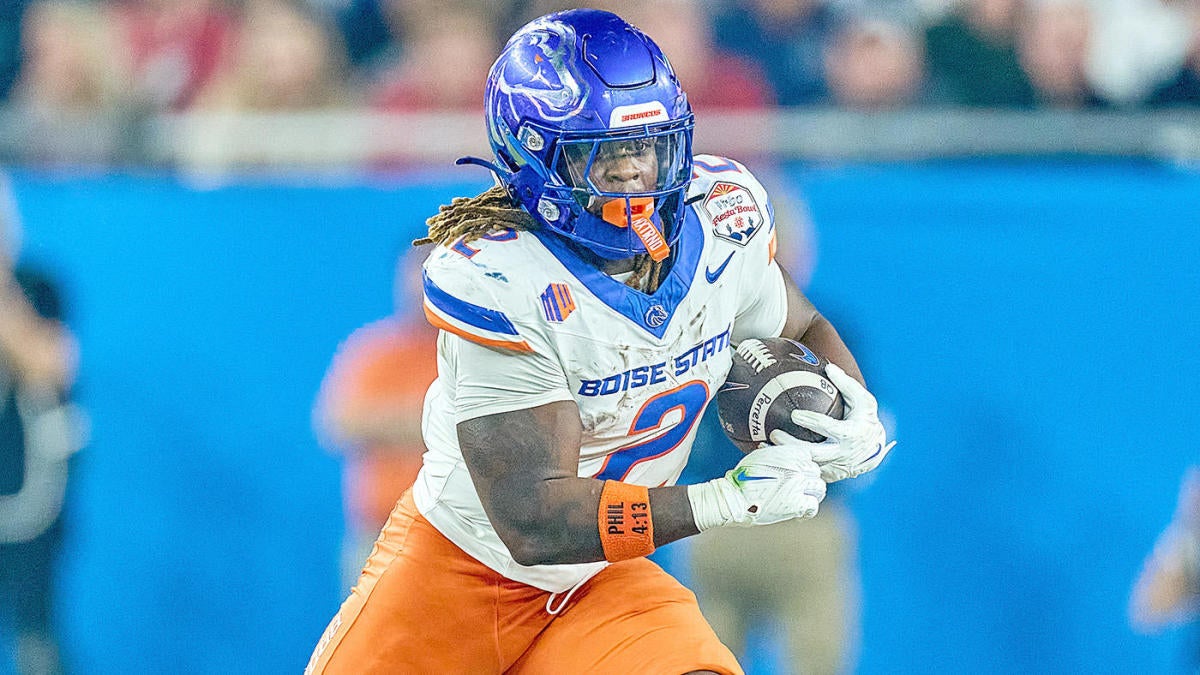
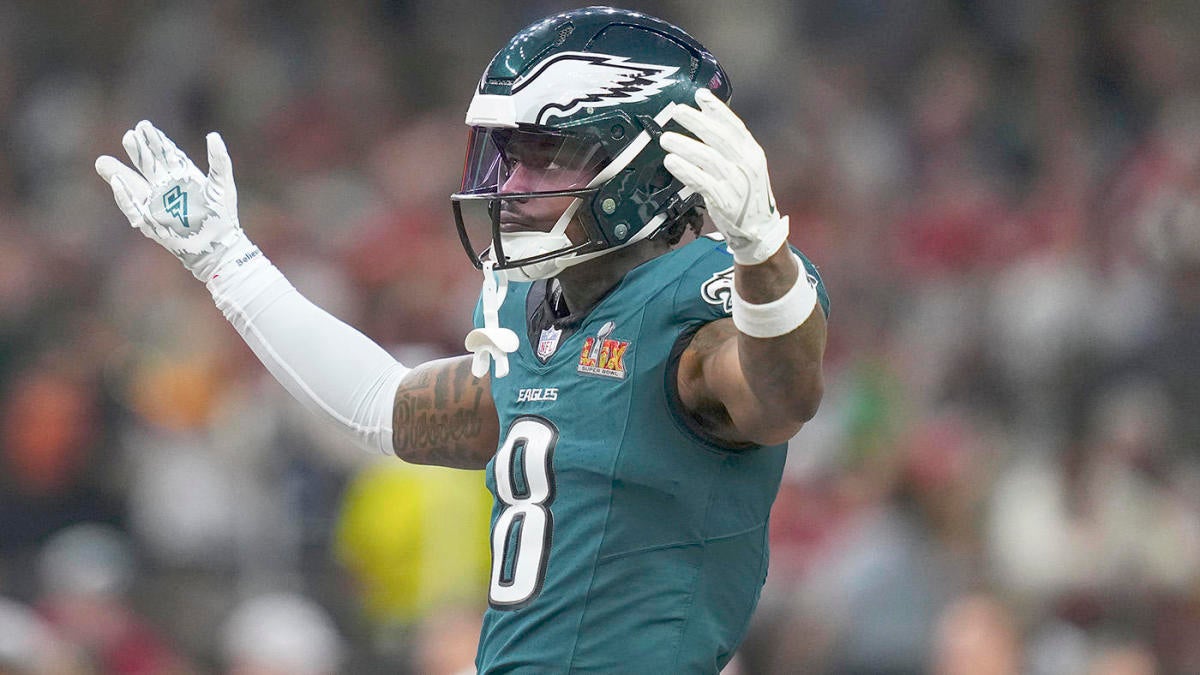
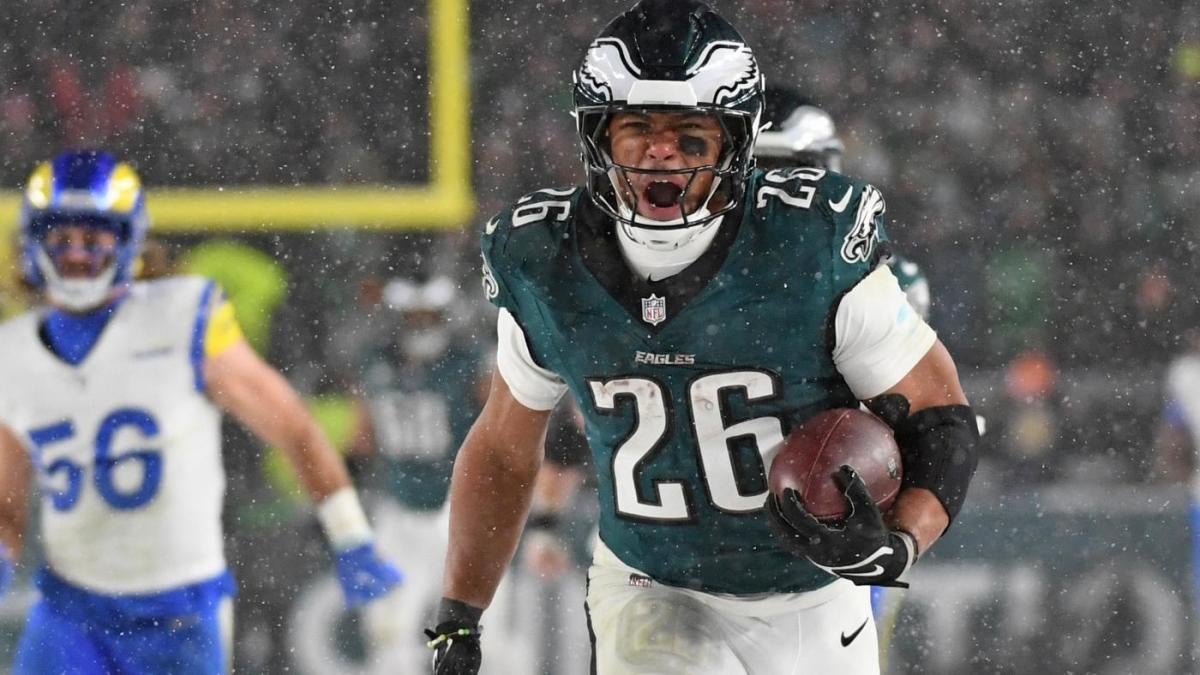
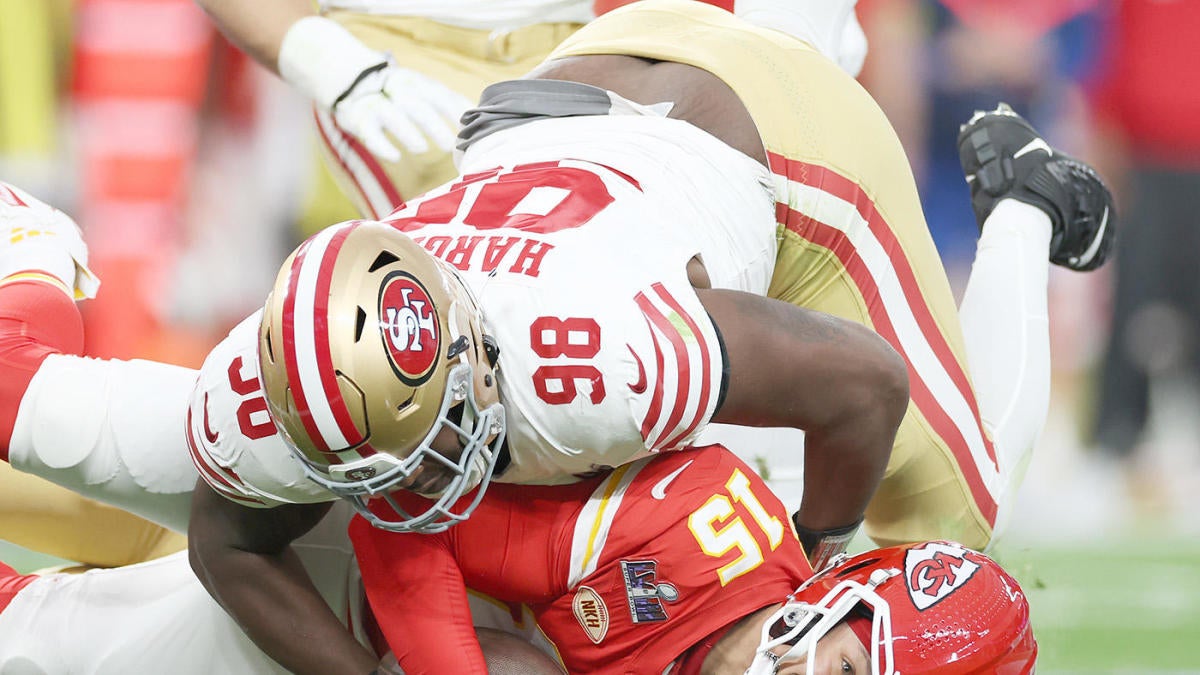
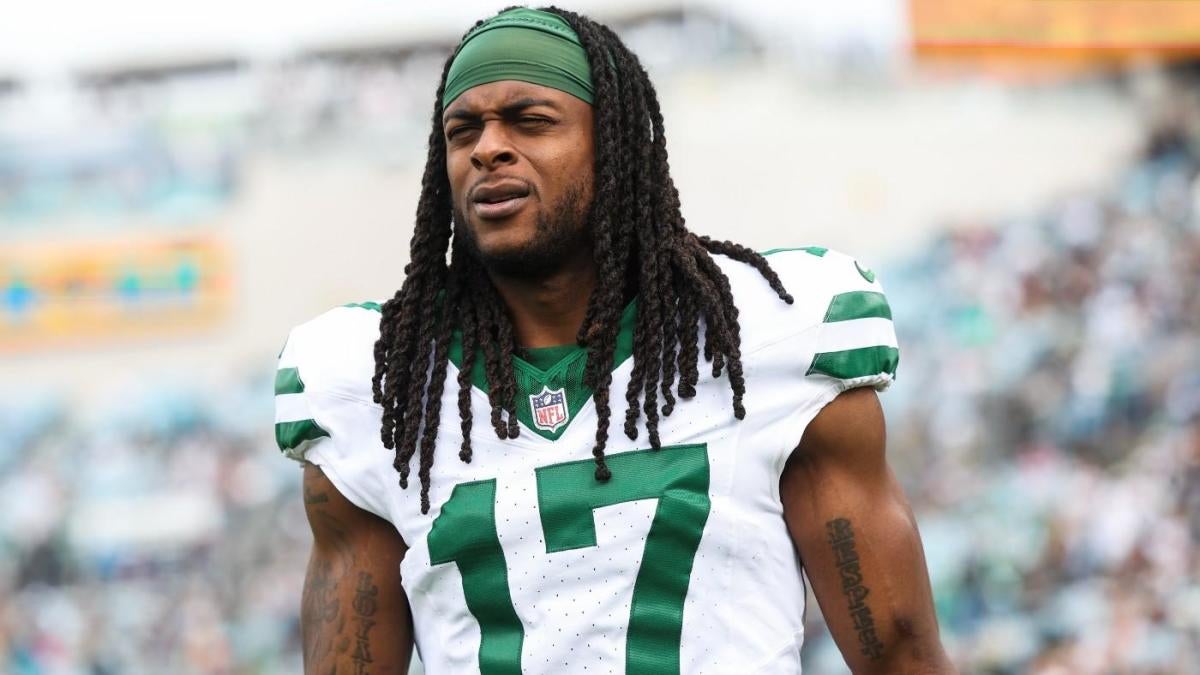
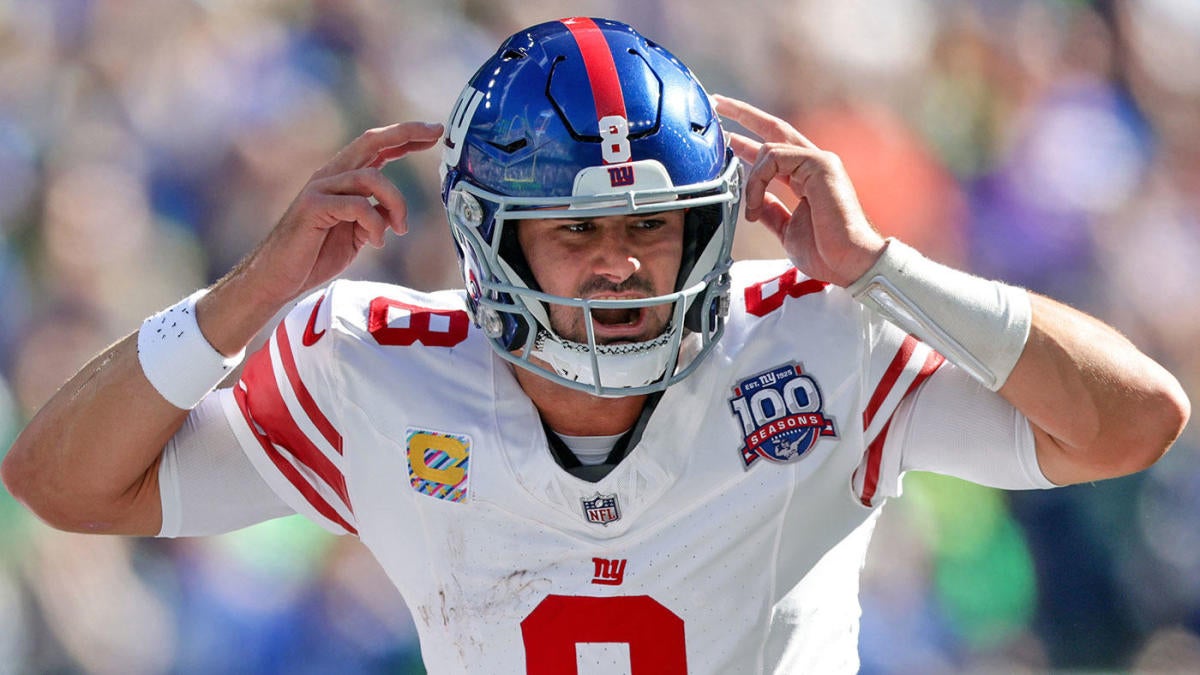

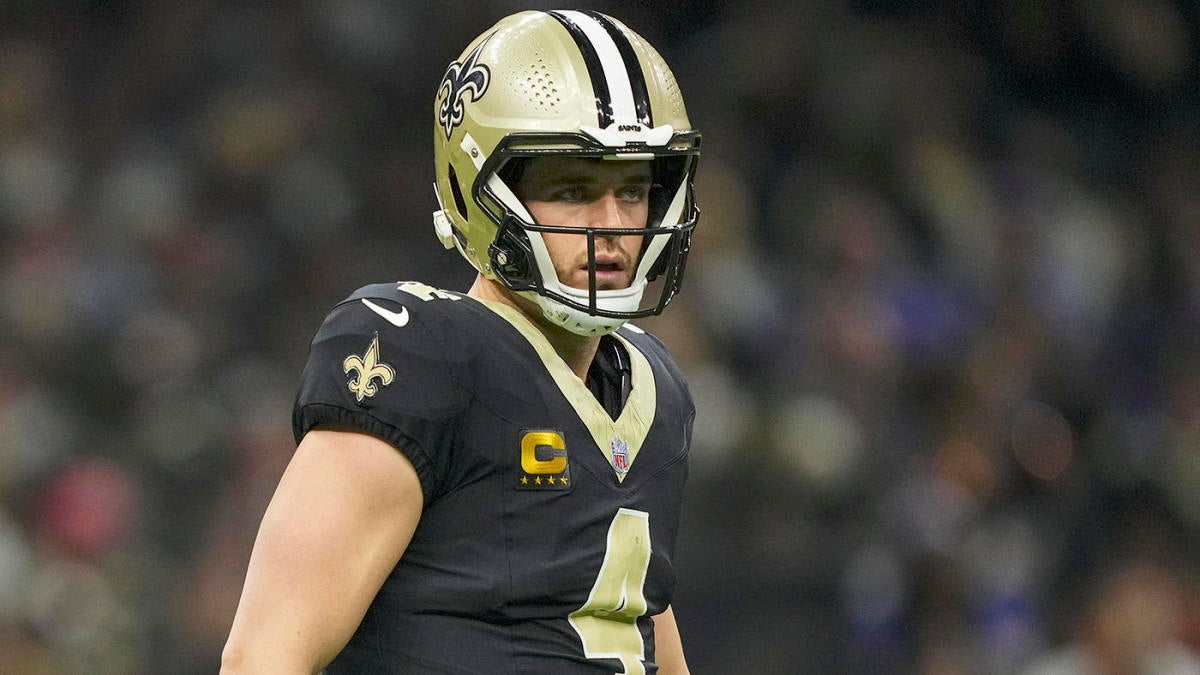
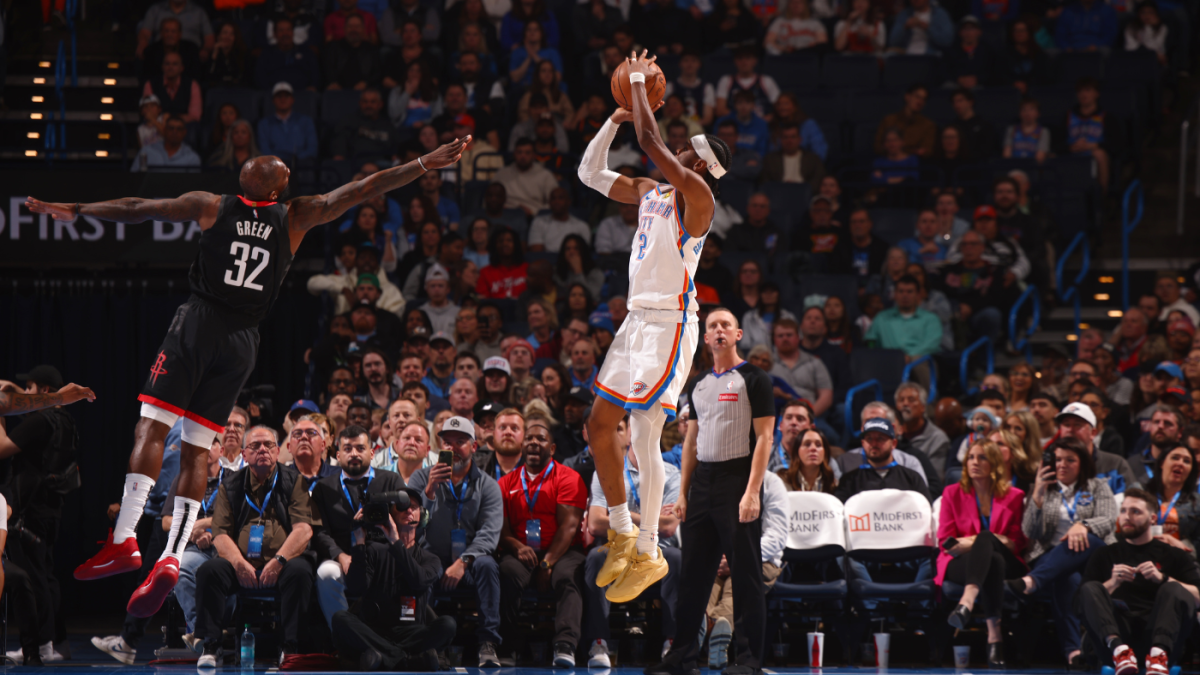



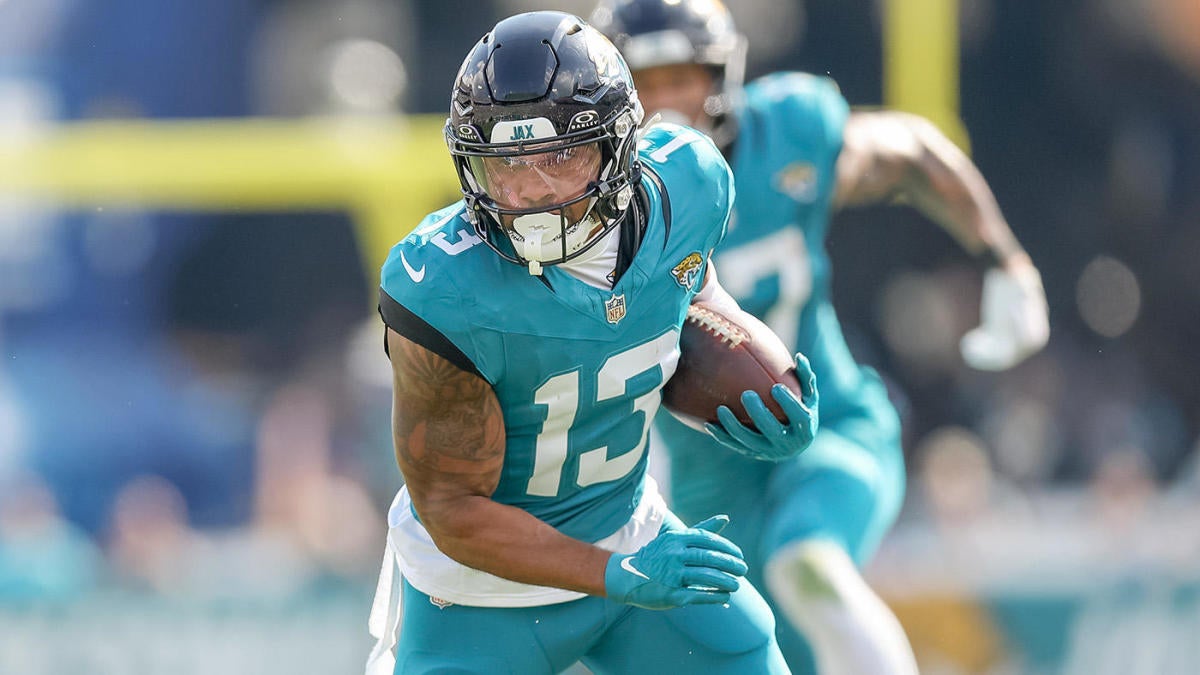
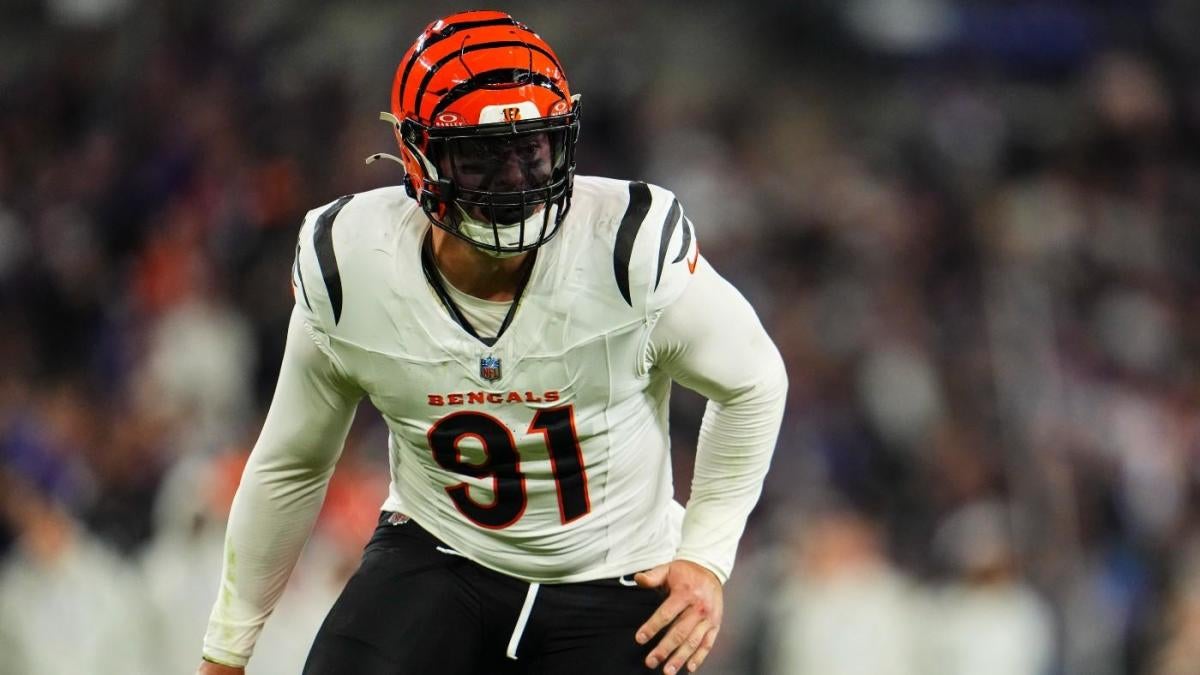

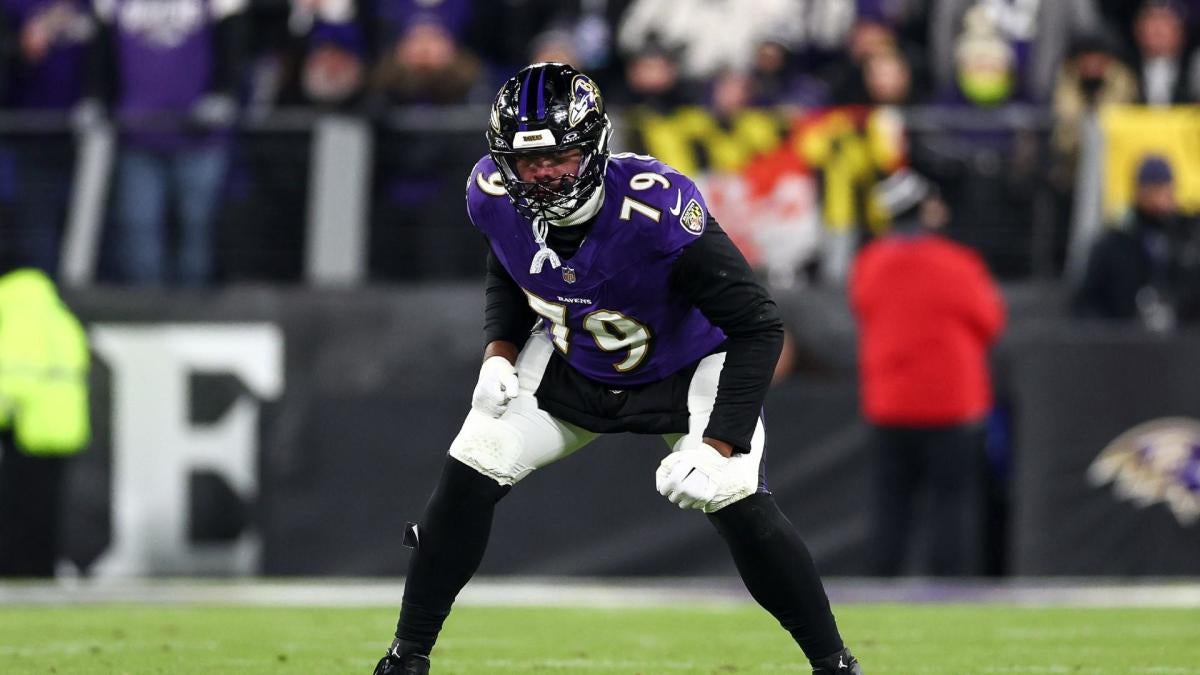


![Rick Pitino on success at St. John's, playing at packed MSG & coaching journey! [FULL] | SC with SVP](https://i1.ytimg.com/vi/LCrP2FsK6mc/hqdefault.jpg)







